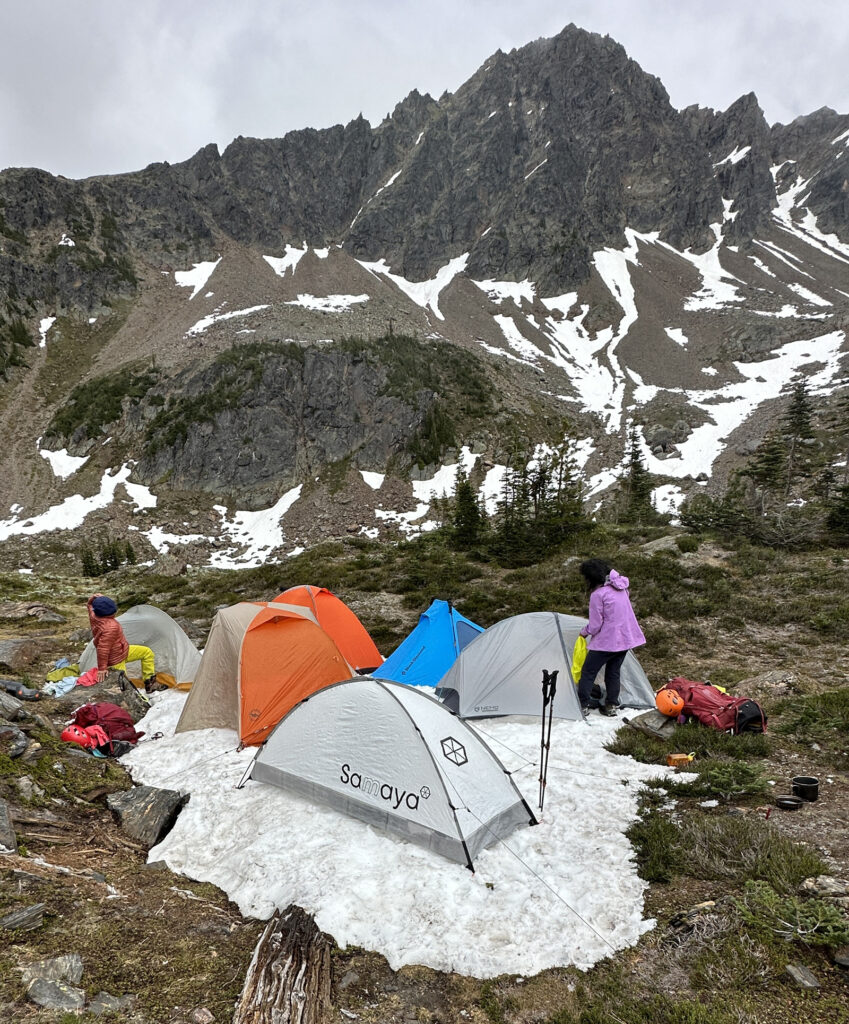Winter backpacking is much safer if you are in a group but how do you find other people interested in this activity? If you live in Washington State, join our winter backpacking Meetup. If you live elsewhere, the tips outlined here are for you.
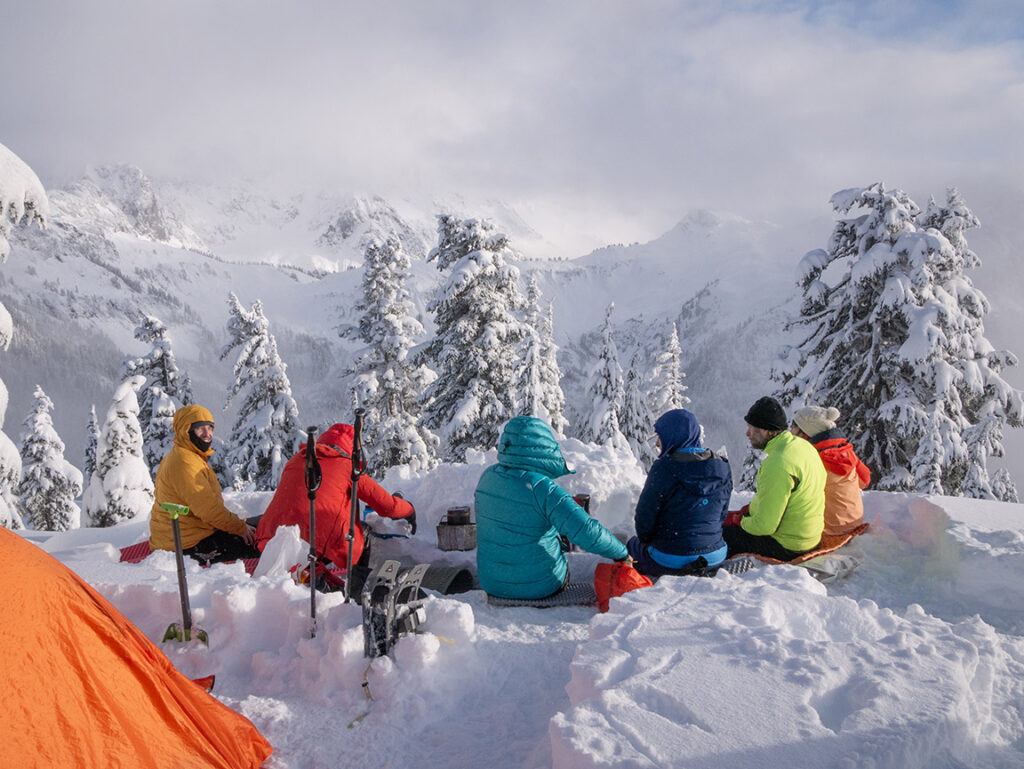
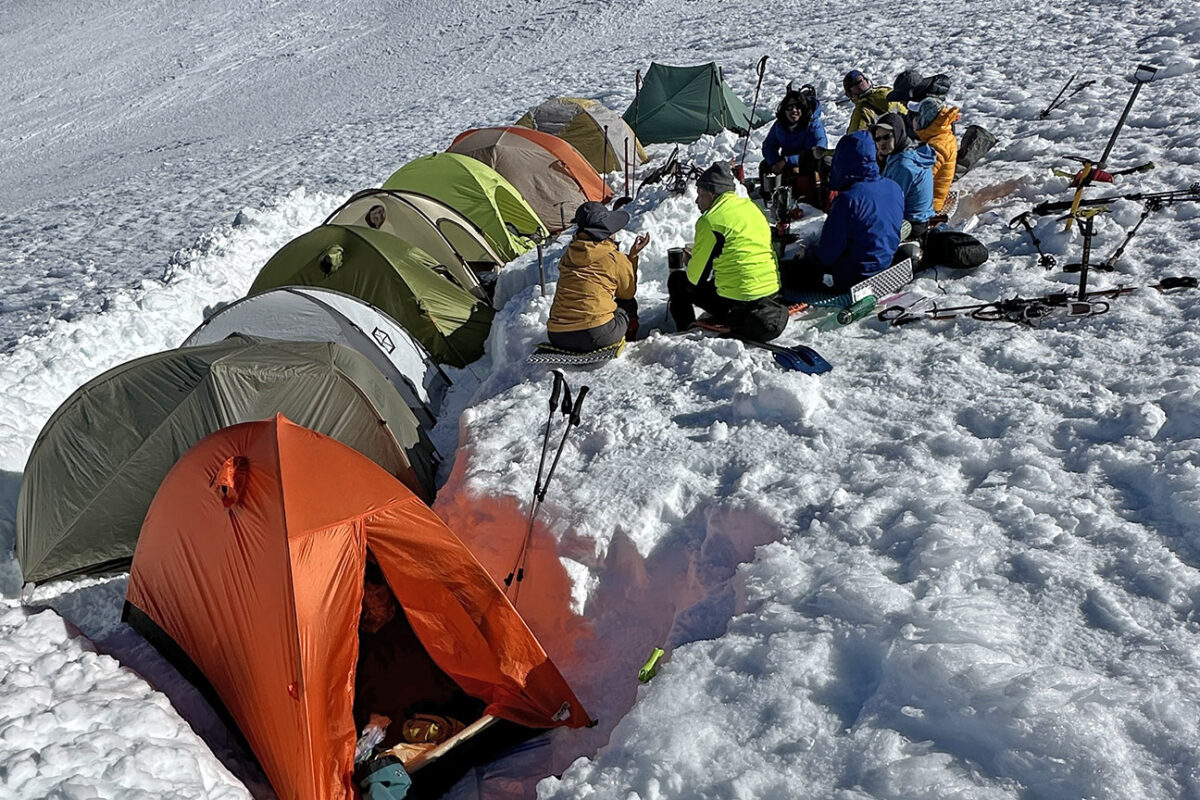
Winter backpacking is much safer if you are in a group but how do you find other people interested in this activity? If you live in Washington State, join our winter backpacking Meetup. If you live elsewhere, the tips outlined here are for you.

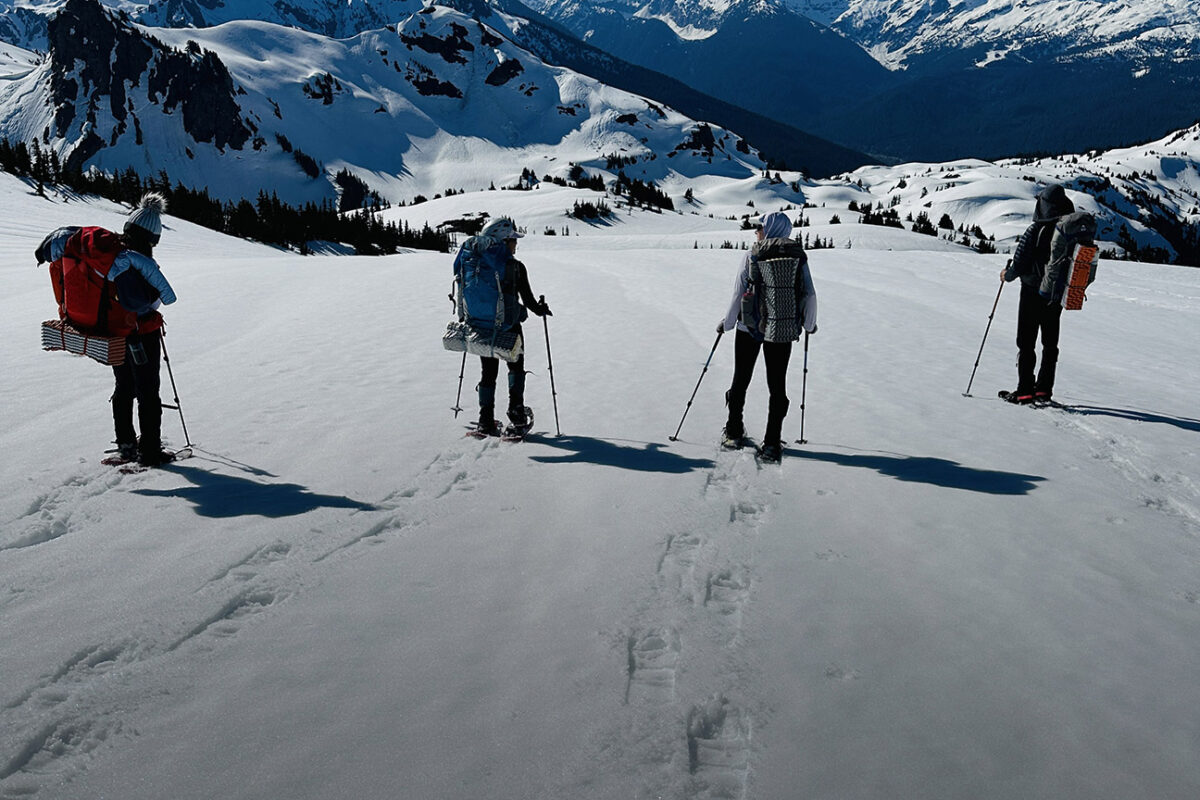
This information is specifically for backpacking in the winter conditions of the Pacific Northwest and Cascade Mountains.
Pain in our feet can take the joy out of backpacking, slow you down, and prevent you from completing the hike. Think of your footwear as a system of socks, shoes, and traction that needs to work comfortably and efficiently together in winter terrain. If one or more parts fail, our movement is slowed and we become susceptible to injuries such as falls, blisters, and sprained ankles. If this system is not in sync we expend energy inefficiency.
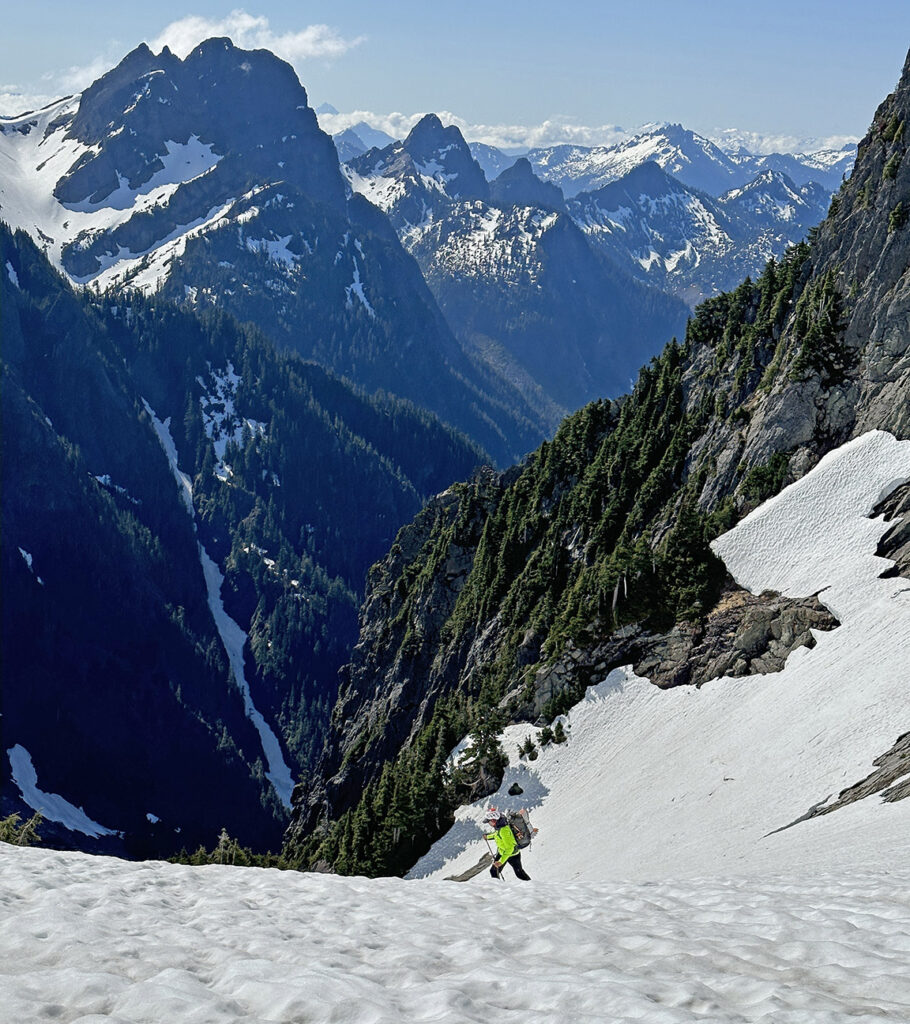
Our winter backpacking group hikes year-round in the Washington Cascade Mountains in different terrain and weather conditions—from rocky coastal terrain to icy mountain slopes. For some trips traditional hiking or trail running shoes work fine and for others more rigid boots are necessary. You may choose to use different footwear for different events or you may want to buy one pair for all your needs. In rare cases, you may even want to bring two pairs of shoes such as a comfortable flexible shoe and a stiffer boot, such as, on a long dry approach that then turns into hard snow. However, given the extra weight, a single all-purpose boot is ideal.
Our group is mainly hiking below 8000 feet on snow and ice, and smooth and rocky terrain (scree and tallis) in temperatures 5º F and above. Typical distances range from some deep snow events that are less than 7 miles round trip to longer mixed dirt and hard snow events that can exceed 12 miles per day.
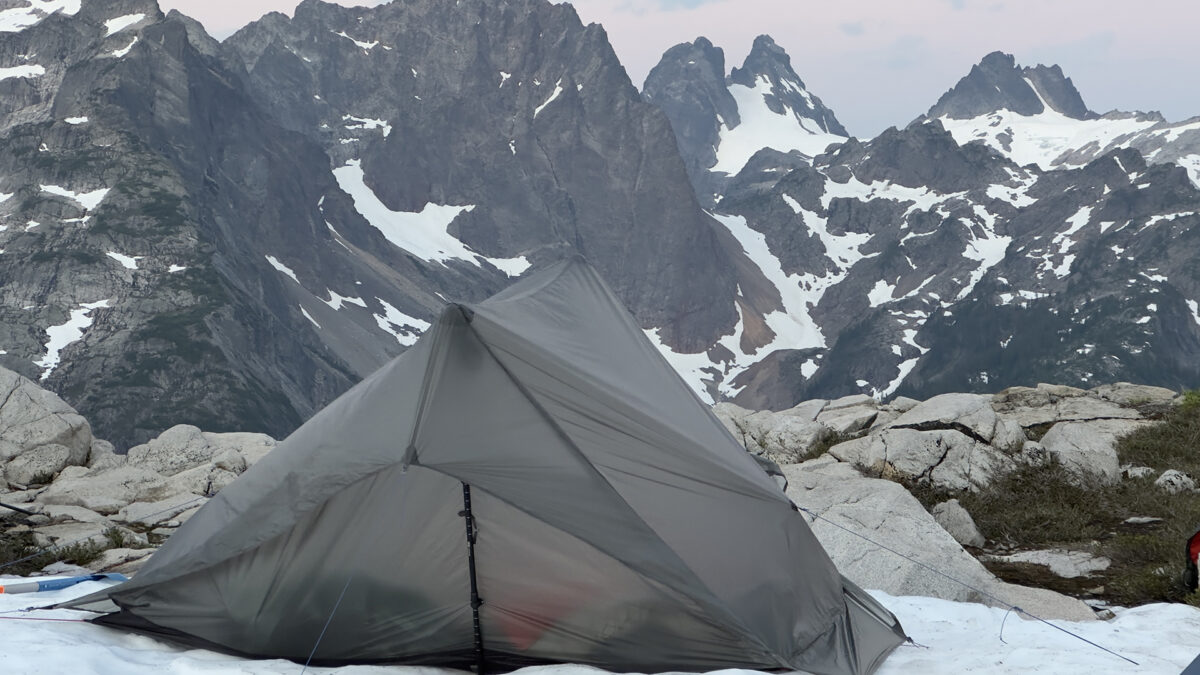
I’m not recommending trekking pole tents for winter or deep snow events. This review concerns ultra-light tent options for long-distance backpacking in the summer and fall and in moderate weather conditions.
In the last few years our winter hiking community has been doing more non-winter events—overnight coastal trips and section hiking the PCT, as well as other summer and fall trips not involving snow. We are in the process of learning more about ultra-light summer gear.
For these milder-weather events, trekking pole tents offer a significant weight reduction by eliminating tent poles and using trekking poles instead. Late summer and early fall are times when ultra-light backpacking methods work well. For this reason, I started looking into trekking pole tents that I could recommend to other hikers in our group. After researching available options, I reached out to Durston and Gossamer Gear to see if they would allow me to try out their tents.
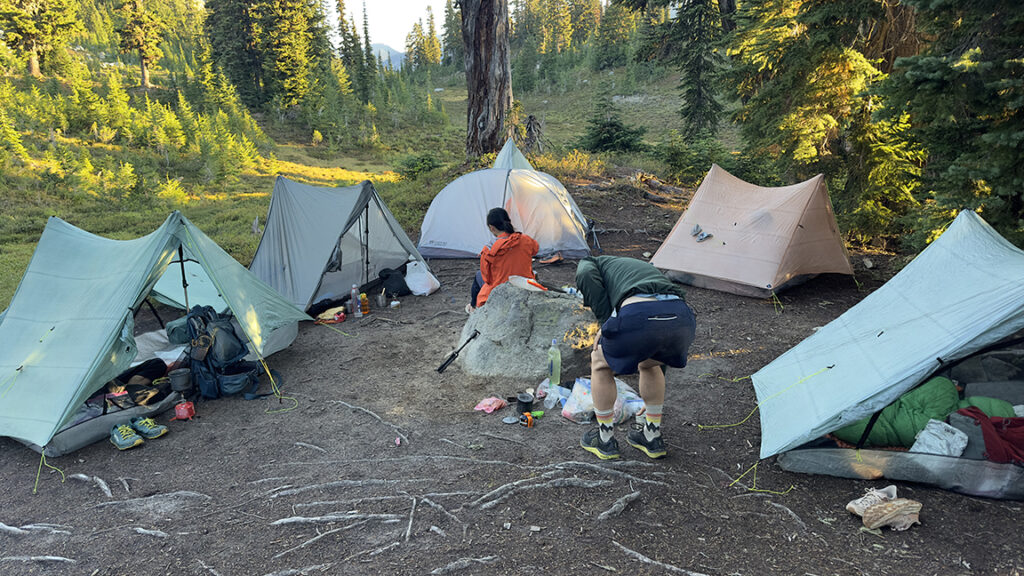
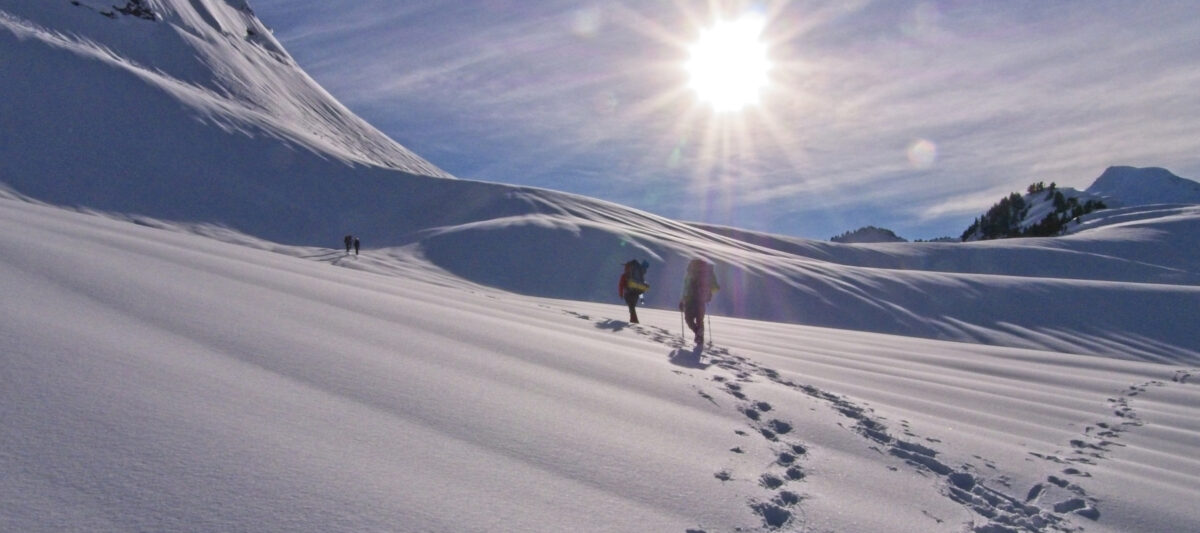
Ultra-light gear is what makes winter backpacking possible. In the past people needed heavy gear to stay warm and that required pulling a sled or polk. The gear was too heavy and bulky to put it all in a backpack. Those days are gone, especially in mild winter temperatures such as are common in the Pacific Northwest. Today it is possible for a 2–3 day winter backpack to weigh between 25–35 pounds (12–16 kg). Everything can fir in a 60-liter pack and the pack itself can weigh as little as two pounds or less. Many ultra-light backpacks in the 2–2.5 lbs range are strong enough and large enough to carry all that you need.
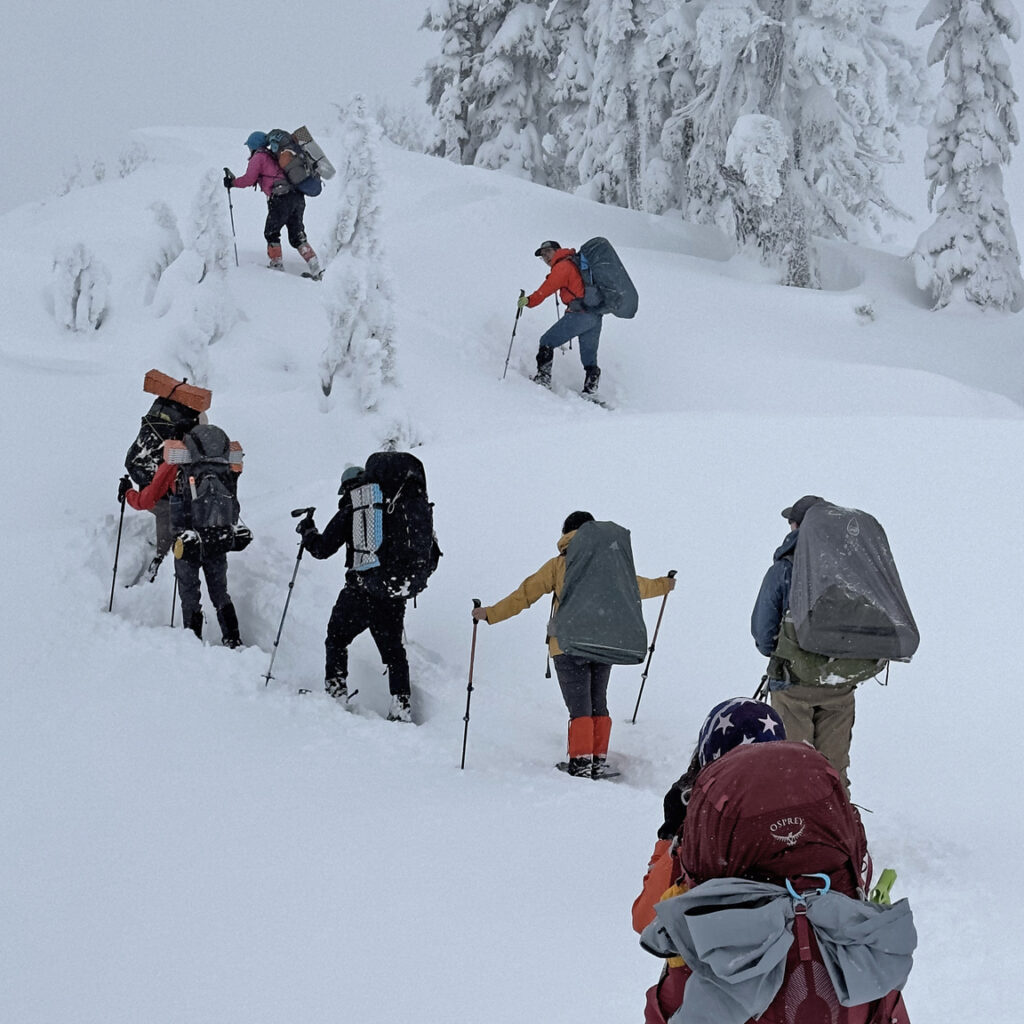
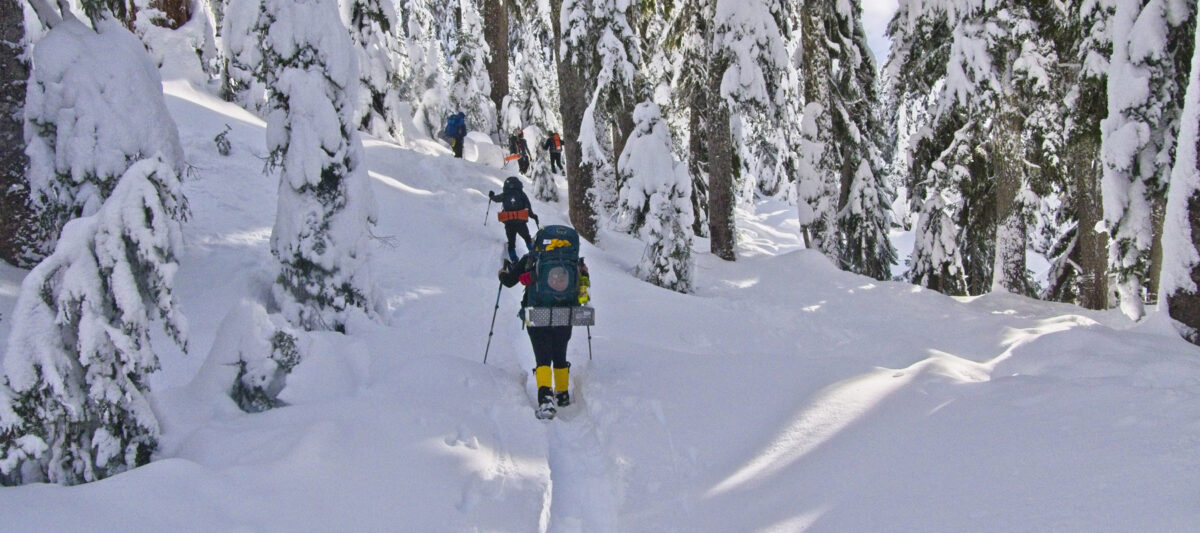
When packing a winter backpack, safety is an important consideration. In winter, how you pack matters more than any other time of the year. For example, when you reach the crest of a ridge and encounter a severe wind chill, your rain jacket and gloves need to be at the top of your pack or easily accessible. This post reviews safety considerations and general packing methods.
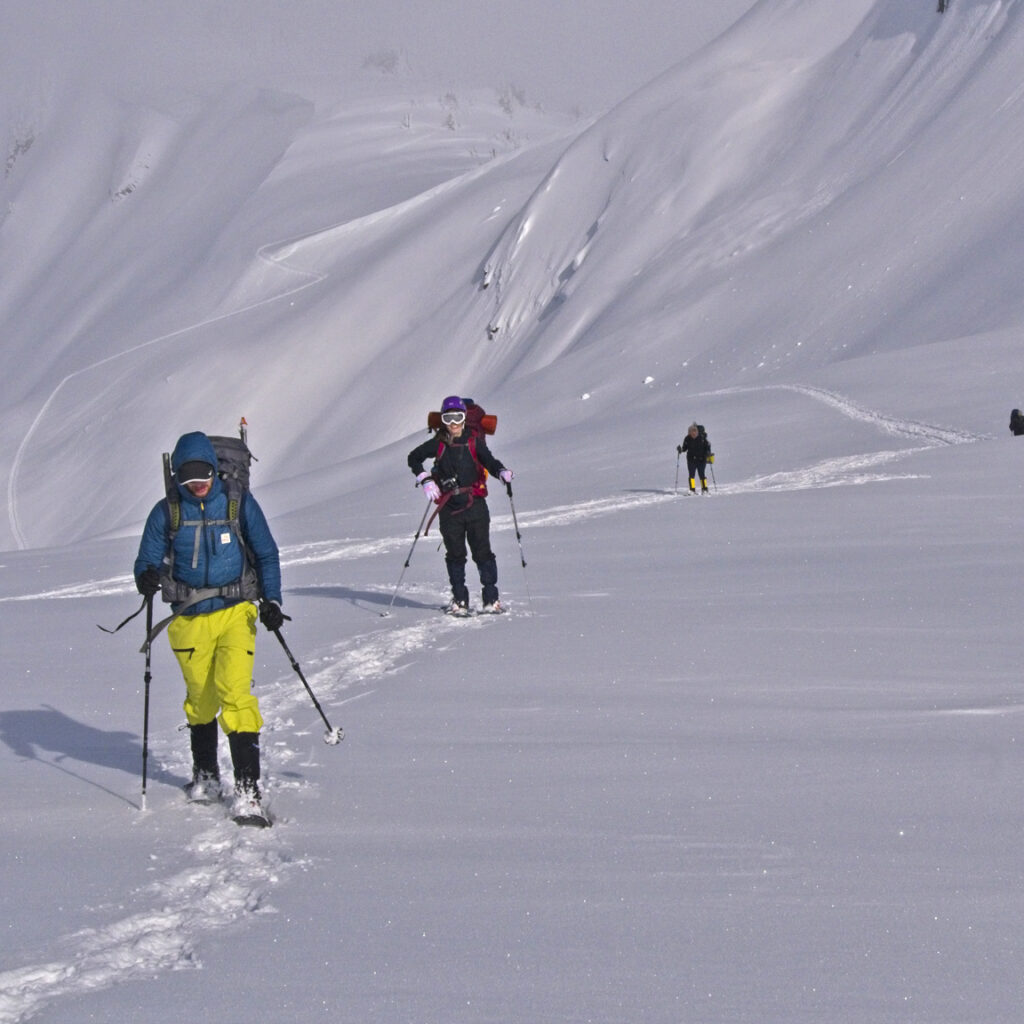

Getting out at night in the quiet is one of the high points of the winter backpacking experience. The snow reflects the moonlight and the winter nighttime landscape becomes radiant. When the moon is gone, the Milky Way arches across the sky. Most of the seemingly endless number of stars are merely the ones visible to us within our galaxy. You will find that the night can provide some of our deepest and most memorable wilderness experiences.
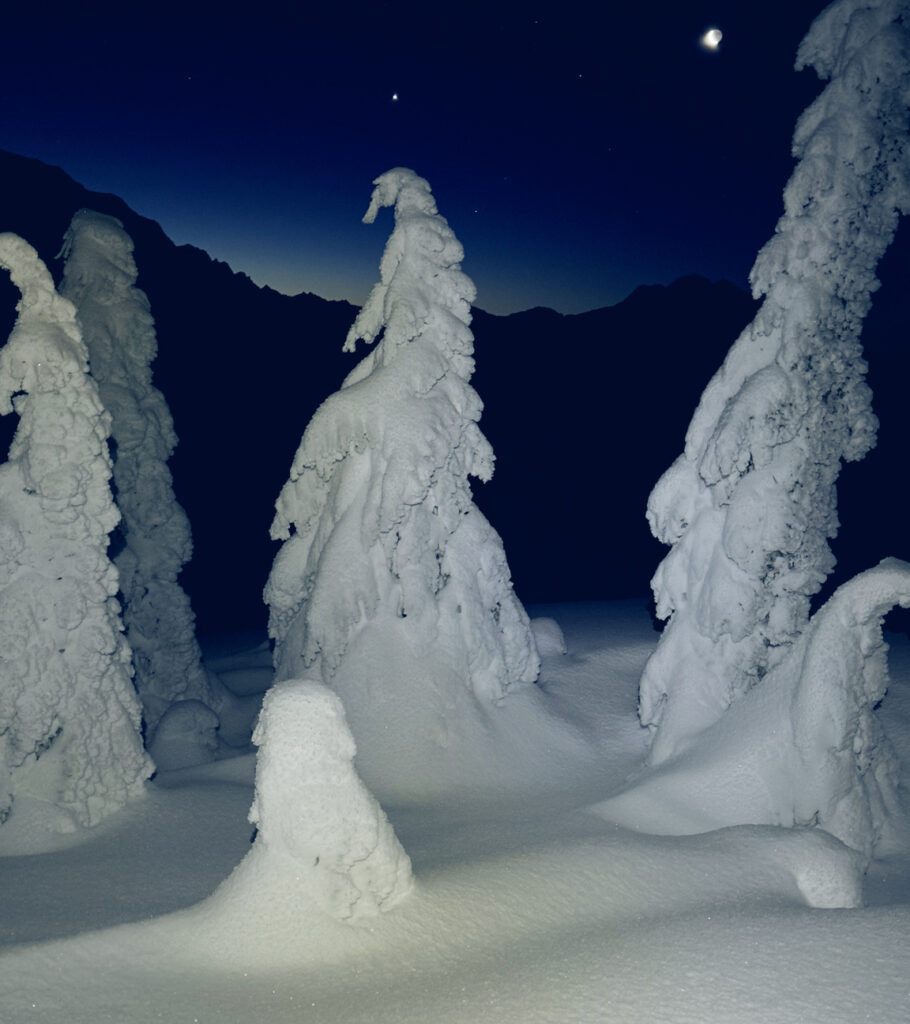
The more you go out at night the more you will fall in love with the experience.
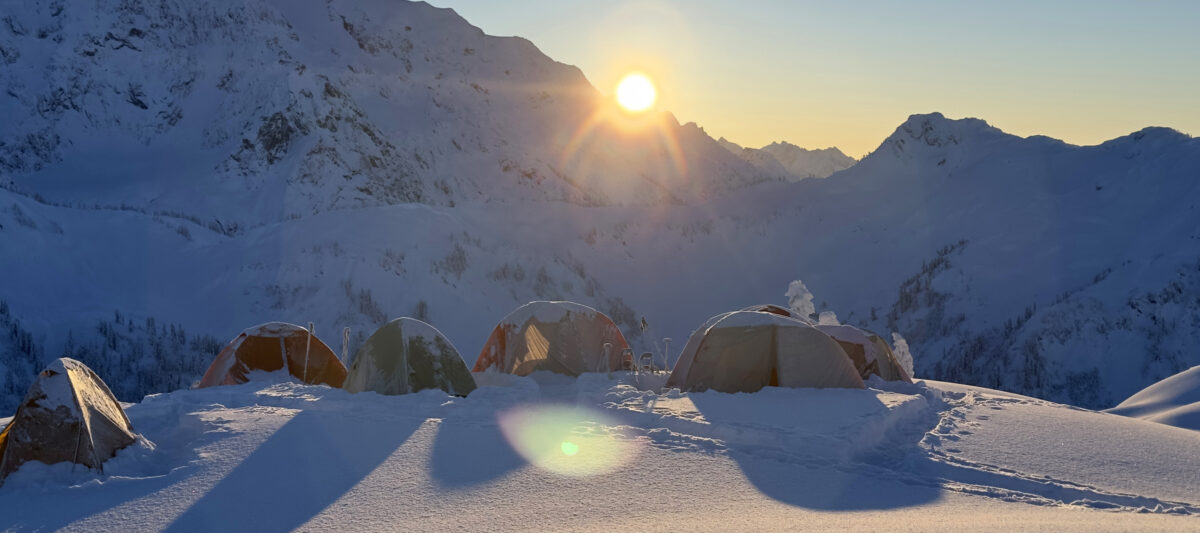
There is nothing more satisfying than being comfortable in extremely harsh weather. It is possible to be in below-freezing temperatures for multiple days without ever shivering or feeling cold. Staying warm in cold weather requires a combination of gear and skill. If you don’t have the appropriate gear you will be cold and uncomfortable. You can bring the appropriate gear but if you fail to use it correctly you’ll be miserable. You need gear to insulate you from the elements but you also need to adjust your behavior in the cold.
Winter backpacking is not about learning how to endure the cold. It is about learning ways to stay warm.
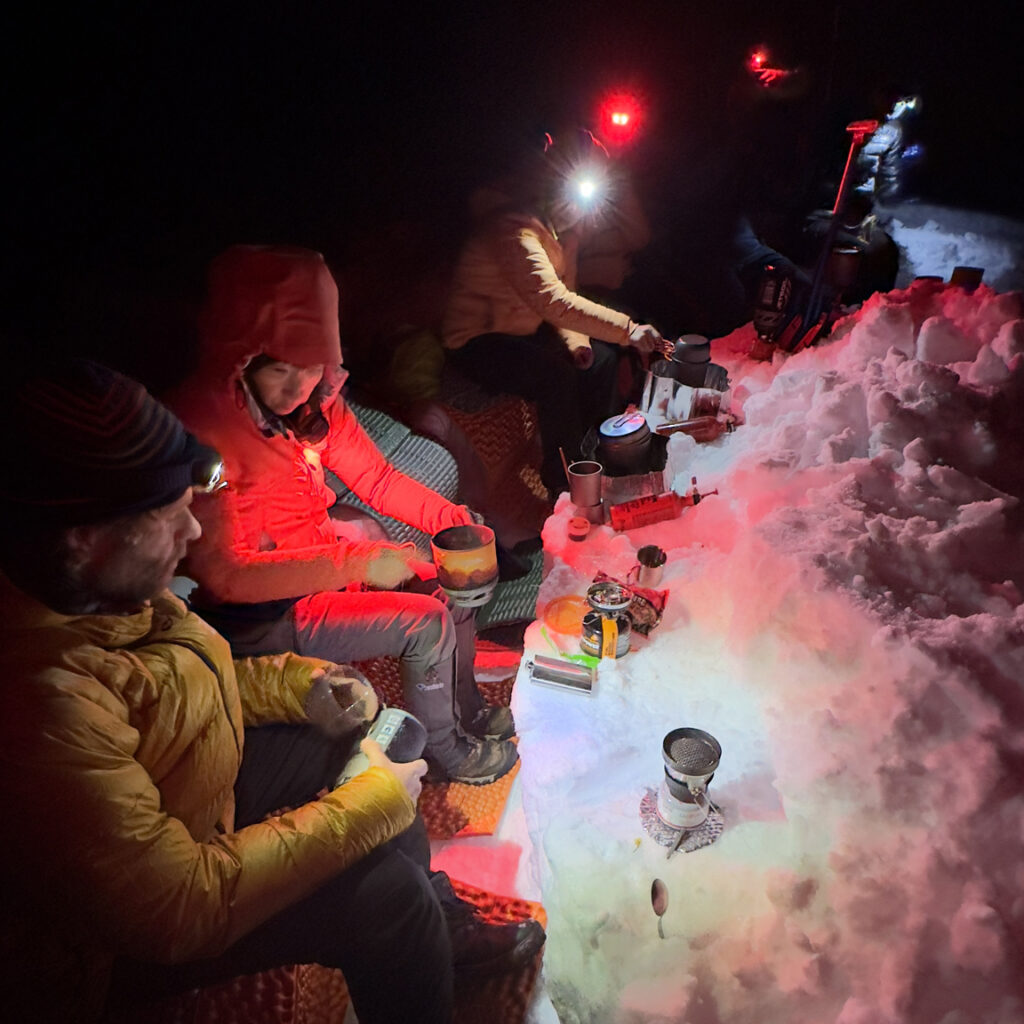
I don’t build fires to stay warm. I don’t do jumping jacks to stay warm. I don’t use unreliable tools such as hand warmers or electrical warming devices. So how do I stay warm and comfortable? This post will focus on staying warm around camp and staying warm inside your tent.
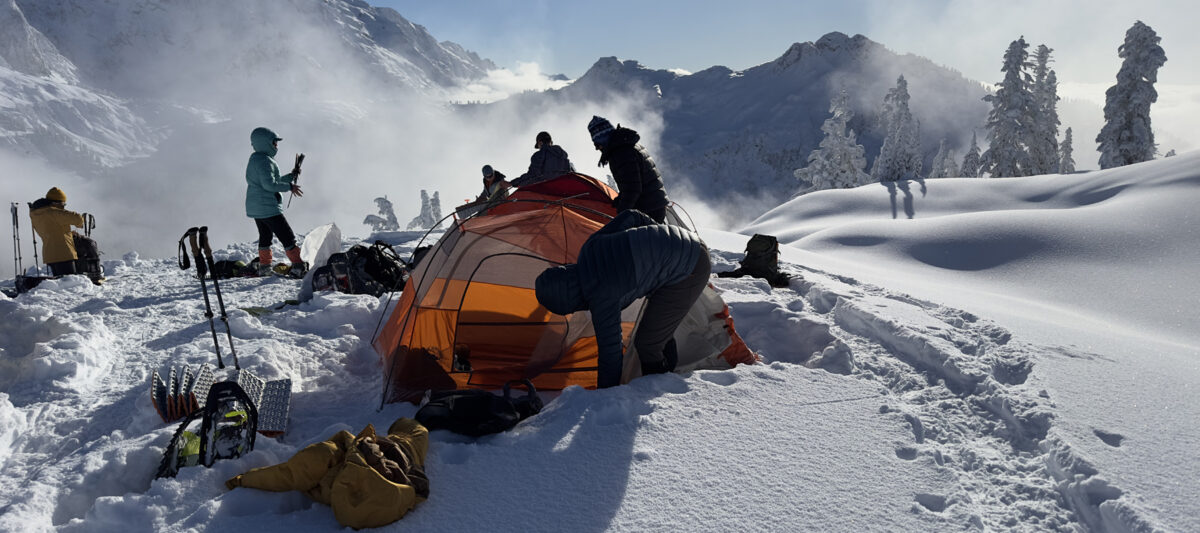
No one likes cold feet. To keep my feet warm I use a variety of socks depending on the weather conditions. Recently the retailer I used for wool socks dropped the ones I liked and so the search for new options began. Here are a few options that I think work well:
All are good, but my main preferences are the REI Merino wool liner and either the Wigwam Merino Woodland socks or the –40ºC Islandic socks from Canada depending on expected temperatures.
I do not use hand warmers or any type of heating system that relies on batteries. I think these methods are unnecessary and unreliable. I want a system that is long lasting and dependable.
I use a 2-sock method. I use this method even on some summer trips. This method increases comfort and warmth and reduces the chances of blisters. It consist of a thin liner sock covered with a thick outer cushioning sock. Together, both need to allow the foot to flex and wiggle in the boot.
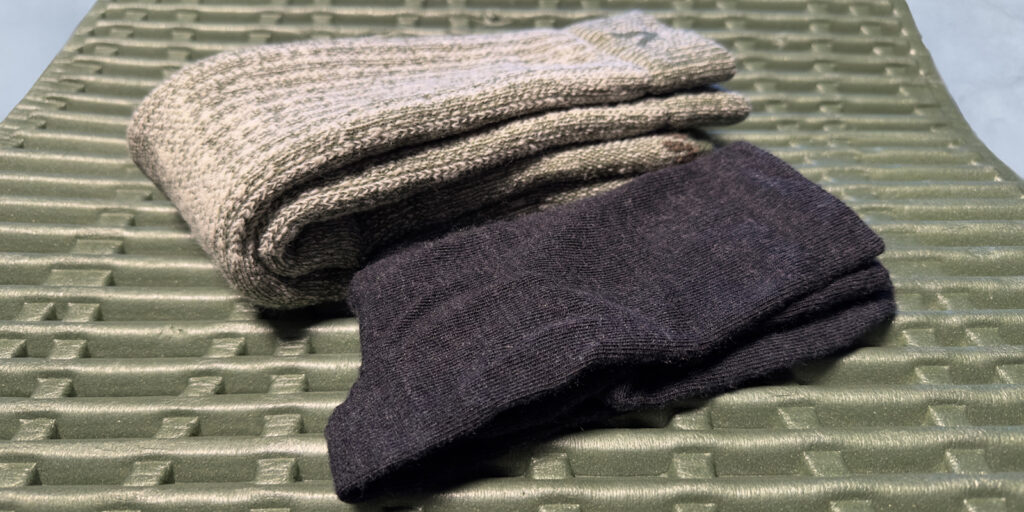
Military studies have shown that wearing a thick wool outer sock over a liner sock resulted in the least blisters. “Foot blister incidence was lower among participants who wore the prototype boot sock and liner than among those wearing the standard military sock (40 vs. 69%, p < 0.001) or among subjects wearing the standard military sock with liner (40 vs. 77%, p < 0.001).” And foot “blisters and cellulitis severe enough to require medical attention occurred with greater frequency in the standard military sock group…” (https://pubmed.ncbi.nlm.nih.gov/8918120/). The double-sock strategy is effective for both warmth and blister prevention. For more about blister prevention and care, see Blisters: A Guide to Prevention and Treatment
For the best results, the fit, thickness, and materials of the socks has to align with the season conditions and what I call the basic Four Rules of Foot Warmth.
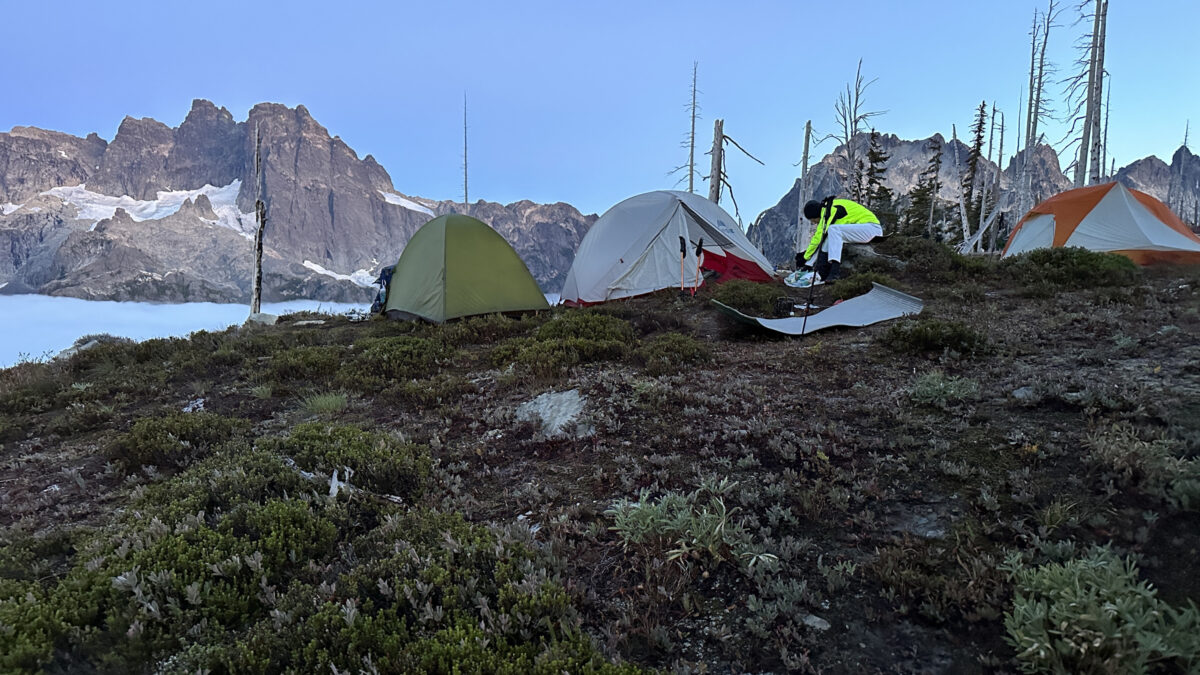
Looking for backpacking meal ideas? I was recently invited to hike a section of the Pacific Crest Trail (PCT) which required putting together a 5-day meal plan. I’m sharing my meal plan here because some hikers are looking for ideas and because some of these options are also suitable for winter backpacking.
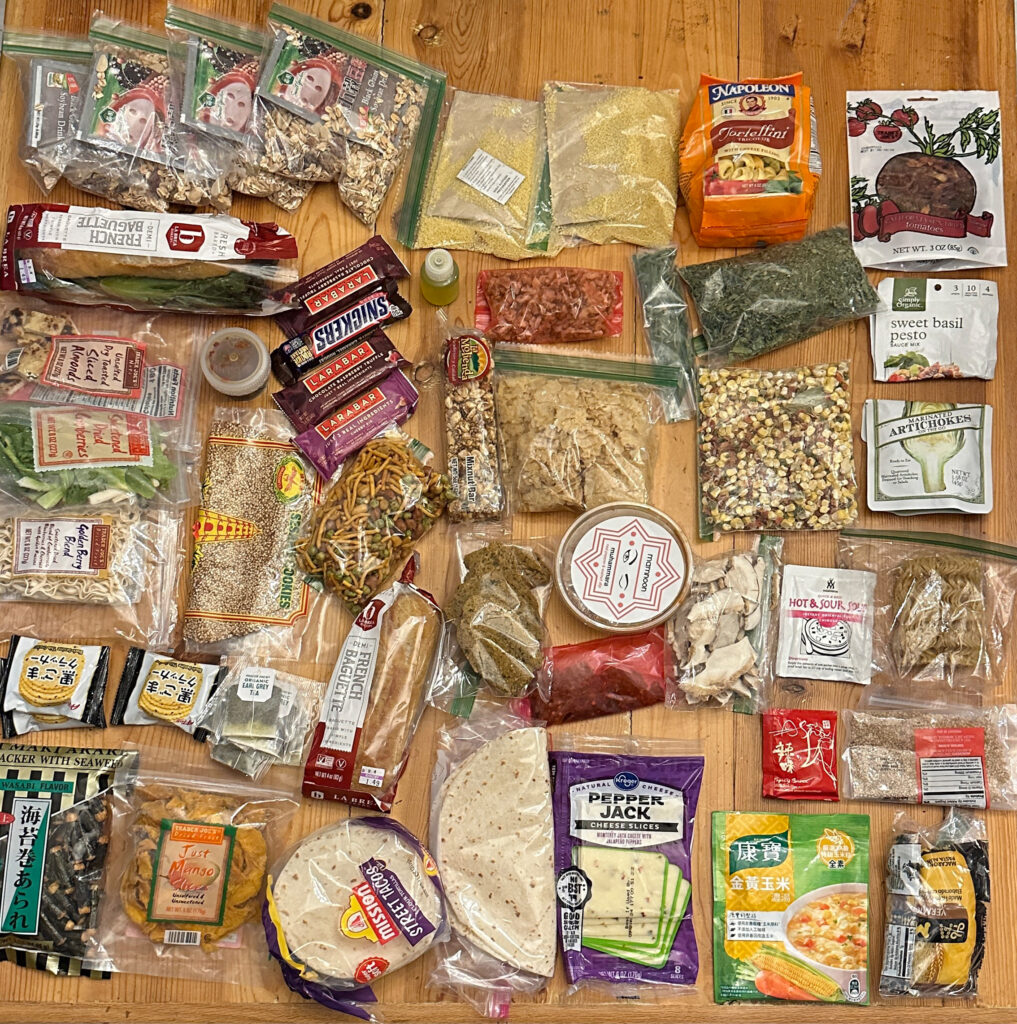
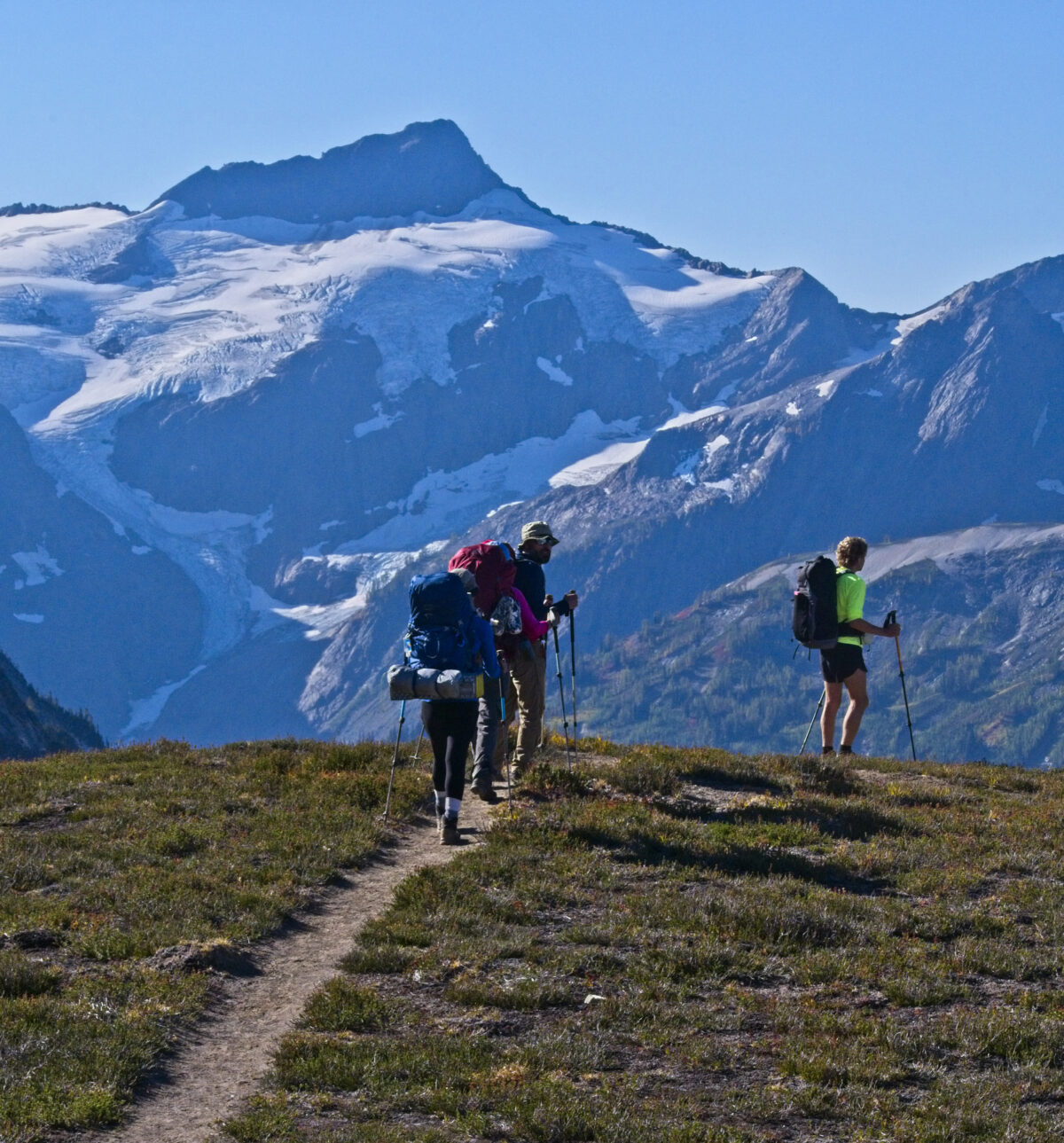
Some hikers ask me, “Do I hike in the summer?” Yes. Despite my focus on winter backpacking and my dislike of mosquitoes and hot weather, I try to get out year-round, even in the summer and early fall when there is minimal or no snow. The goal is to camp on snow whenever possible even in July and sometimes in August. This usually means going farther and higher up, but it allows our group to experience some excellent views. It also provides a comfortable clean surface and allows us to leave no trace where we stay.
